In April 2019, a 75-year-old man in the US was attacked by a Cassowary bird at his home, unfortunately, he died after being treated for his injuries.
Cassowary is also known as “Crane cassowary” – Crested Ostrich, this is a genus containing 3 species of birds. They have a body like an ostrich, but smaller, usually 1.7-1.8 meters in height, some individuals can even reach 2 meters.
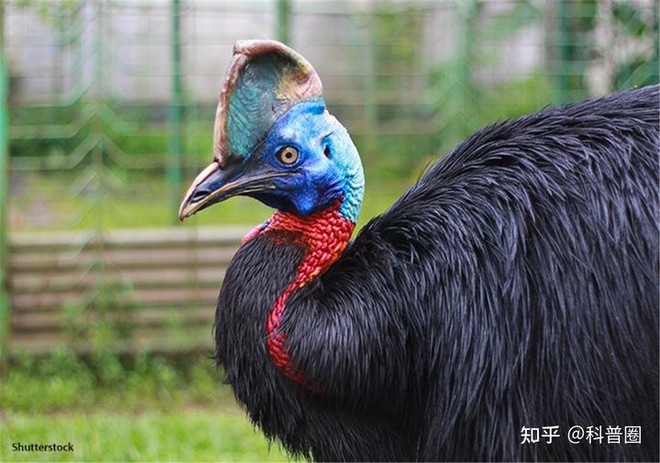
The body of the cassowary is covered with black feathers, and the head and neck are light-colored. Their faces are navy blue and have red fleshy lobes hanging around their necks.
The “cap” on the head of the cassowary has a completely different structure from the crest of other birds or poultry, instead of flesh it is composed of horn-like substances and hollow inside. The crested ostrich lives in the dense forests of Australia, they can emit lower frequency sounds but other birds and their hollow crest functions as a receiver that allows them to receive a “signal” from a fellow.
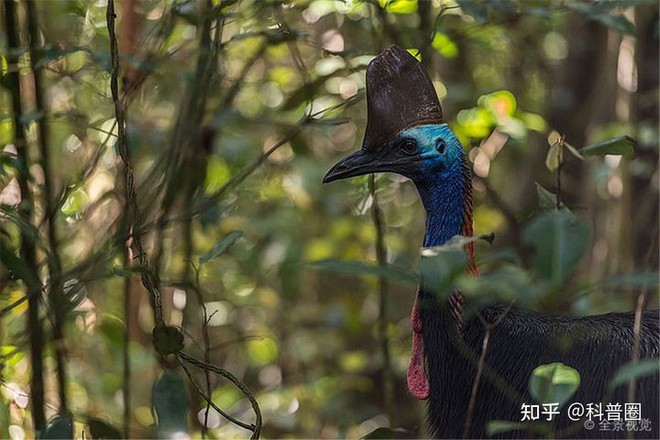
Normally, cassowary species will live deep in tropical rainforests and places that are difficult for humans to reach, they are often solitary or in pairs, do not like sunlight and often forage in the early morning and early morning. dark.
The interesting thing is that although they are afraid of sunlight, they show great interest in glowing objects, they will curiously approach when they see a burning coal fire, even swallowing burning coals.

The wings of cassowary birds are also degraded and incapable of flight like ostriches, so they rely mainly on their strong legs to move. They can run forward at a speed of 30 km/h, and can cross the forest at about 50 km/h when disturbed. Their main food is berries, sometimes insects, small fish, birds and other animals.

Cassowary birds lay eggs from June to September every year, each nest has about 3 to 6 eggs. These eggs have a different appearance from the usual bird eggs. Cassowary eggs are about 13 cm long, bright green instead of white.
In fact, cassowary birds are called ostriches because they are distantly related to the Emu bird – the Australian Ostrich – one of Australia’s national treasures.
In the past, there were Australian soldiers who wanted to test their strength and they tried to fight the emu but couldn’t beat them.
And as the “cousin” of the emu bird, the cassowary is no less competitive, the cassowary’s fighting efficiency is extremely formidable, and it is recognized by the Guinness Book of World Records as a “dangerous bird”. most dangerous on the planet”. So where is it dangerous?
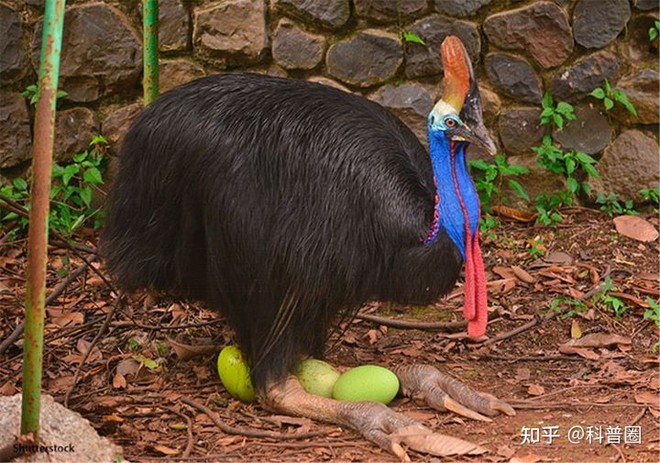
In terms of speed and size, the cassowary is clearly inferior to the emus and the ostrich, although they cannot fly, they are masters of high jumps and swimming, an adult cassowary can jump more than 2 meters. .

However, jumping high is not enough, they also possess extremely powerful “foot sweeping” skills. Cassowary has strong leg muscles, each foot has 3 toes. The nail on the innermost toe can be up to 12cm long and it really resembles a sharp dagger.
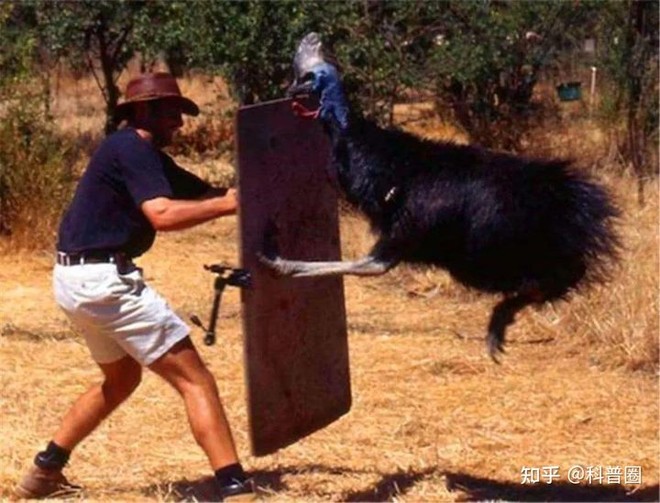
They can break horses, cows or die with just a few kicks.
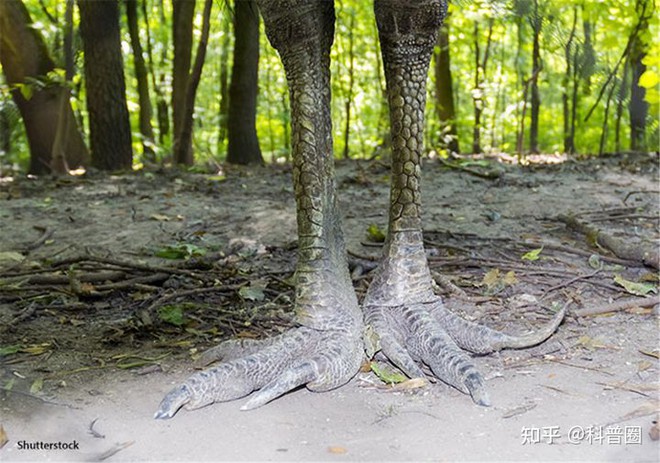
When harassed or threatened, this bird will jump, use the power of its legs and strike with its toes like a dagger. When a crested ostrich attacks, it can kick through a steel plate several millimeters thick. If people don’t have weapons or protective gear when attacked by them, they can bleed heavily and even die.
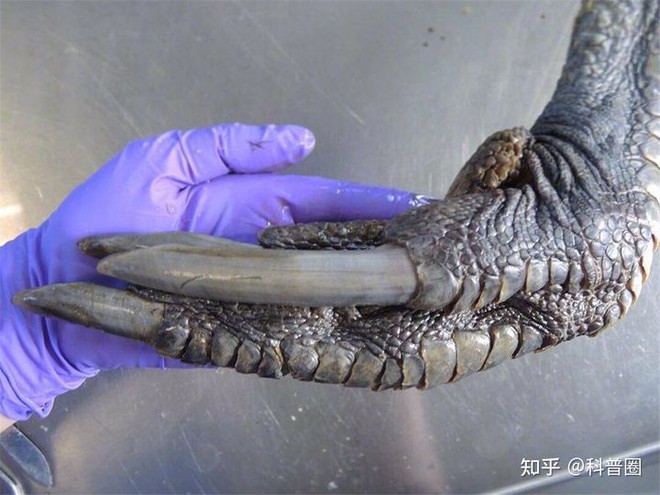
Biologists believe that the crested ostrich evolved directly from the dinosaurs. Their main food is fruits, insects and small animals.
In April 1926, in Queensland, Australia, a young hunter named Philip McLean had to die because of the sweeps of the legs of a cassowary bird. He tripped and fell to the ground while dodging the cassowary’s attack, but then the bird dealt a fatal blow to his neck.
During the Second World War, American and Australian troops were stationed in New Guinea and they had to remind themselves all the time to stay away from cassowary birds.” It can be said that the cassowary is considered the animal that the army must also be afraid of two or three parts.
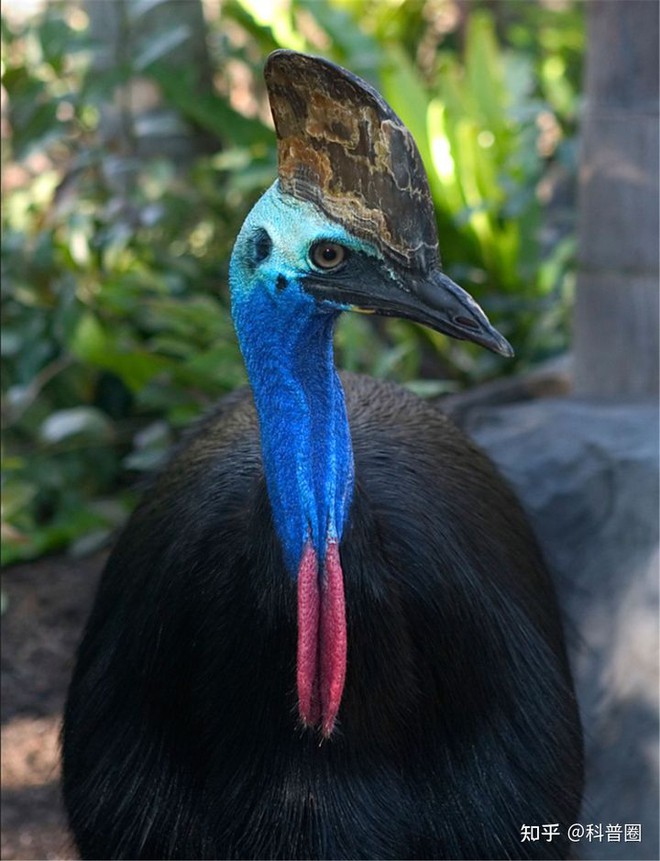
Cassowaries are very alert birds and have a strong sense of territory. Once they detect a stranger or animal entering their territory, they will chase to the end to attack.
Even in zoos, these birds are classified as “brothers and sisters” and to prevent them from fighting, staff have to keep them individually, and there have even been zookeepers. animals attacked by them. However, when not harassed or threatened, this bird is somewhat shy, and only when feeling threatened do they attack with all their might.
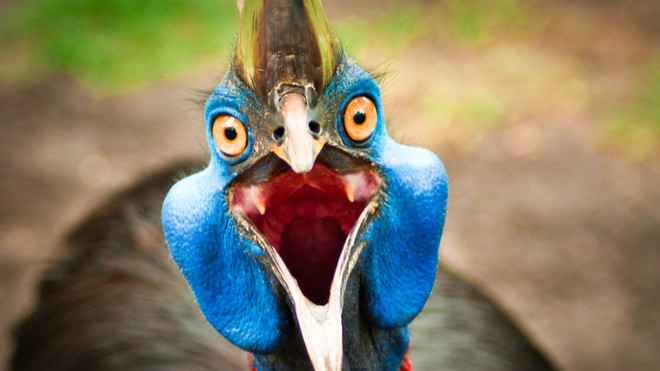
In most cases, these birds attack humans because they feel threatened or want to protect their nests and young, but in a few cases it is due to feeding them or people standing. too close to their food.
